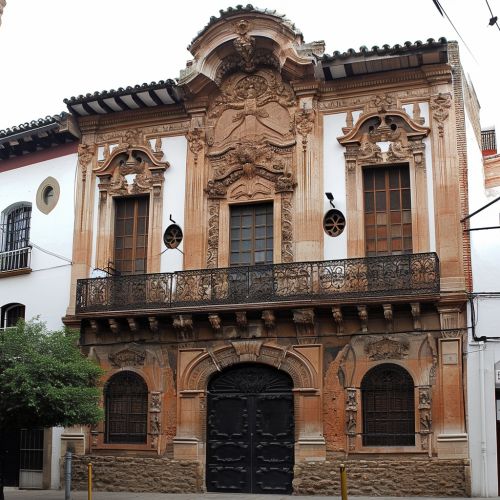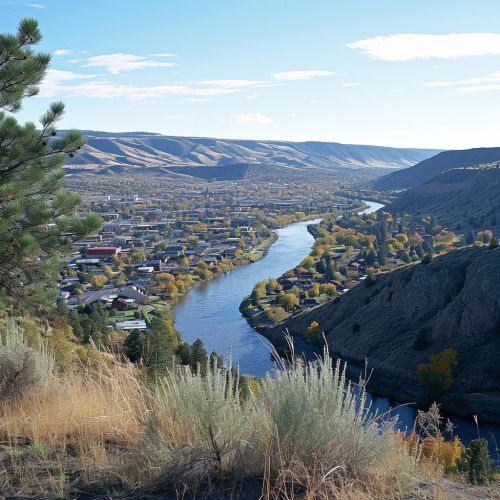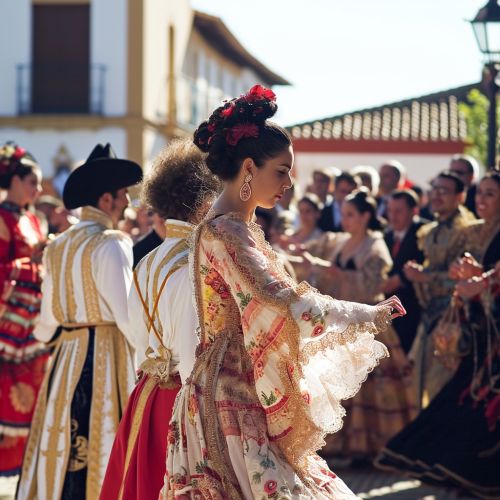New Toledo
History
New Toledo, a city with a rich and complex history, has its roots in the early 18th century. The city was founded by Spanish colonizers who named it after the ancient city of Toledo in Spain. The Spanish influence is still evident in the city's architecture, culture, and traditions.

The city's growth was initially slow due to its remote location and harsh climate. However, the discovery of gold in the nearby hills in the late 19th century led to a rapid influx of settlers, transforming New Toledo into a bustling mining town. This period, known as the Gold Rush era, had a significant impact on the city's development.
In the 20th century, New Toledo transitioned from a mining town to a modern urban center. The city's economy diversified, with sectors such as manufacturing, retail, and services becoming increasingly important. Today, New Toledo is a vibrant city with a diverse economy and a rich cultural scene.
Geography
New Toledo is located in a valley surrounded by rolling hills and dense forests. The city's climate is characterized by hot summers and cold winters, with significant rainfall throughout the year. The city is crossed by the River Toledo, which provides a vital water source and has played a key role in the city's development.

The city's geography has influenced its urban planning and architecture. The city center, located on the banks of the River Toledo, is characterized by narrow streets and Spanish colonial-style buildings. The outer areas of the city, developed during the 20th century, feature wide boulevards and modern architecture.
Economy
New Toledo's economy is diverse and robust. The city is a regional hub for manufacturing, with industries such as automotive, electronics, and textiles playing a significant role. The city's strategic location and well-developed infrastructure have attracted numerous multinational corporations, contributing to its economic growth.
The service sector is another key component of New Toledo's economy. The city is home to a thriving retail industry, with numerous shopping centers and boutiques catering to a wide range of consumer needs. The city's vibrant cultural scene and historical attractions also support a thriving tourism industry.

Despite its economic success, New Toledo faces challenges such as income inequality and unemployment. The city's government has implemented various measures to address these issues, including promoting small businesses and investing in education and training programs.
Culture
New Toledo's culture is a blend of Spanish colonial traditions and modern influences. The city's cultural scene is vibrant and diverse, with numerous museums, art galleries, and theaters offering a wide range of cultural experiences.
The city is known for its annual Festival of Toledo, a week-long event celebrating the city's Spanish heritage. The festival features traditional music and dance performances, culinary events, and art exhibitions.

New Toledo's culinary scene is another highlight of its culture. The city's cuisine is influenced by its Spanish roots, with dishes such as paella and tapas being popular. The city is also known for its local wines, produced in the surrounding vineyards.
